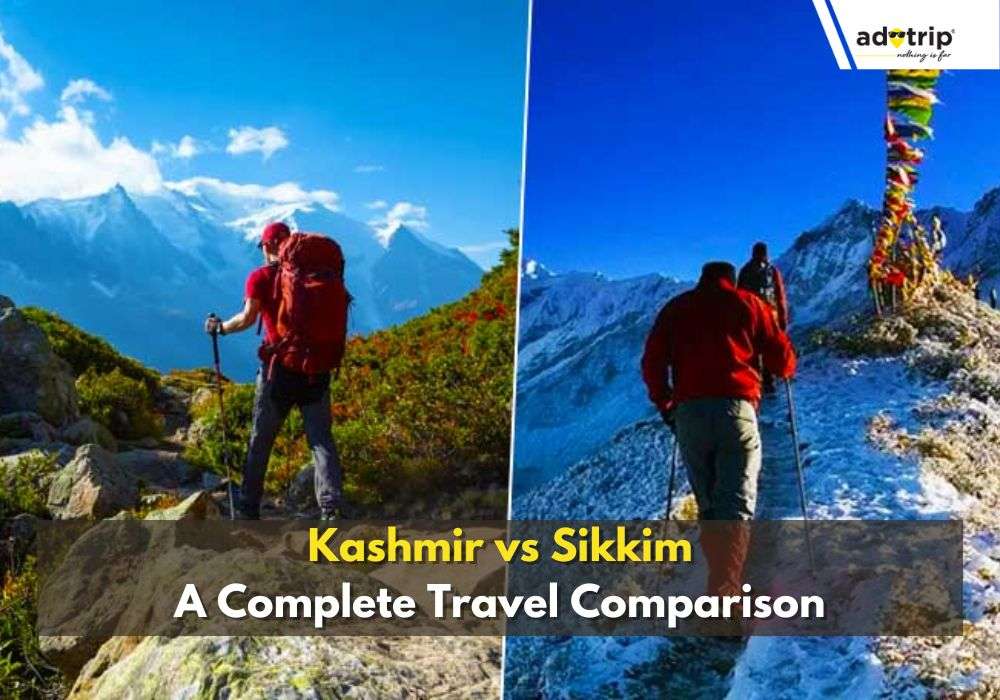
Last Updated At: 15-May-2025
Kashmir vs Sikkim 2025 - A Complete Travel Comparison
Located in northernmost India, Kashmir and Sikkim stand out as two breathtakingly beautiful regions, each offering a unique blend of culture, landscapes, and adventure. Kashmir, often called "Paradise on Earth," boasts snow-capped mountains, serene lakes, and lush valleys, making it a haven for nature lovers and adventure enthusiasts. On the other hand, Sikkim, known as the "Land of Mystical Splendour," captivates visitors with its stunning Himalayan scenery, vibrant Buddhist culture, and diverse flora and fauna.
Both destinations attract tourists worldwide, seeking to explore their rich cultural heritage, pristine natural beauty, and thrilling outdoor activities. Whether you're drawn to Kashmir's majestic mountains or Sikkim's enchanting landscapes, each offers a once-in-a-lifetime experience. So, which destination will you choose for your next adventure? Explore the charms of Kashmir vs Sikkim and kick off a journey filled with unforgettable moments.
Landscape Diversity: Kashmir vs Sikkim
Kashmir boasts lush green valleys, snow-capped mountains, and serene lakes. In contrast, Sikkim is renowned for its breathtaking Himalayan landscapes, dense forests, and cascading waterfalls. While Kashmir's Dal Lake offers tranquil boat rides, Sikkim's Tsomgo Lake mesmerises with crystal-clear waters. Both regions offer diverse terrain for trekking and hiking, with Kashmir's famous trails like the Great Lakes Trek and Sikkim's renowned Goecha La Trek. Sikkim's Yuksom and Dzongri present panoramic views of the Kanchenjunga range, while Kashmir's Gulmarg is a paradise for skiing enthusiasts. The climate in Kashmir varies from subtropical to alpine, offering cool summers and snowy winters. With its temperate climate, Sikkim experiences heavy rainfall during the monsoon season.
Cultural Heritage: Kashmir vs Sikkim
Kashmir and Sikkim boast rich cultural heritage influenced by various ethnic groups and religions. Kashmir's cultural tapestry is shaped by its Muslim, Hindu, and Buddhist communities, reflected in its vibrant Festivals Of Sikkim & like Eid,
Navroz, and Baisakhi. On the other hand, Sikkim celebrates festivals like Losar and Saga Dawa, showcasing its Tibetan Buddhist roots. Kashmir's architectural marvels include the Mughal Gardens and ancient shrines, while Sikkim's Rumtek Monastery and Pemayangtse Monastery highlight its Buddhist heritage. Both regions offer opportunities to explore local handicrafts, with Kashmir famous for its intricate Pashmina shawls and Sikkim known for its Thangka paintings. Traditional cuisine differs, with Kashmir offering Wazwan delicacies like Rogan Josh and Sikkim serving momos and Thukpa.
Also Read. Places To Visit In Kashmir
Major Tourist Attractions of Kashmir
Situated in the lap of the Himalayas, Kashmir is renowned for its stunning landscapes, rich culture, and historical significance. From pristine lakes to majestic mountains, the region offers many attractions for travellers to explore.
- Dal Lake: Known as the jewel of Srinagar, Dal Lake offers scenic boat rides and mesmerising views of the surrounding mountains.
- Gulmarg: Famous for its snow-capped peaks and the highest golf course in the world, Gulmarg is a paradise for adventure enthusiasts.
- Pahalgam: Surrounded by pine forests and lush meadows, Pahalgam is a haven for nature lovers and trekkers.
- Sonamarg: Also known as the 'Meadow of Gold,' Sonamarg offers breathtaking views of glaciers and alpine lakes.
- Shankaracharya Temple: Perched atop a hill overlooking Srinagar, this ancient temple is dedicated to Lord Shiva and offers panoramic city views.
- Shalimar Bagh: Built by Mughal Emperor Jahangir, Shalimar Bagh is a beautiful Mughal garden adorned with terraced lawns, fountains, and flower beds.
- Nishat Bagh: Another stunning Mughal garden is known for its serene ambience and scenic views of the Dal Lake.
- Mughal Gardens: Apart from Shalimar and Nishat Bagh, Kashmir is also home to several other Mughal gardens, including Chashme Shahi and Achabal Garden.
- Betaab Valley: Named after the Bollywood movie 'Betaab,' this picturesque valley offers breathtaking views of snow-capped mountains and lush greenery.
- Jama Masjid: Located in the heart of Srinagar, Jama Masjid is one of the largest mosques in Kashmir and a prominent religious landmark.
- Hazratbal Shrine: Situated on the banks of Dal Lake, Hazratbal Shrine is a revered Muslim shrine housing a relic believed to be the hair of Prophet Muhammad.
- Awantipora Ruins: These ancient ruins date back to the 9th century and are a testament to Kashmir's rich architectural heritage.
- Martand Sun Temple: Built in the 8th century, this ancient temple is dedicated to the Hindu Sun God and is renowned for its intricate carvings and architectural grandeur.
- Wular Lake: One of the largest freshwater lakes in Asia, Wular Lake offers scenic boat rides and birdwatching opportunities.
- Amarnath Cave: Located at an altitude of 3,888 metres, the Amarnath Cave is a revered Hindu pilgrimage site dedicated to Lord Shiva.
Read More : Famous Food Of Kashmir
Major Tourist Attractions of Sikkim
Located in the northeastern part of India, Sikkim is a charming state known for its breathtaking natural beauty, rich culture, and diverse attractions. From towering mountains to serene lakes, Sikkim offers a wide array of experiences for travellers to enjoy.
Read More : Places To Visit In Sikkim
- Tsomgo Lake: Also known as Changu Lake, Tsomgo Lake is a glacial lake located at 12,313 feet. Visitors can enjoy boating on the pristine blue waters and soak in the stunning mountain views.
- Nathu La Pass: This high-altitude pass connects Sikkim with Tibet and offers panoramic views of the Himalayan peaks. It is also an important trade route between India and China.
- Rumtek Monastery: One of the largest and most important monasteries in Sikkim, Rumtek Monastery is home to beautiful murals, intricate sculptures, and ancient artefacts.
- Gurudongmar Lake: Situated at an altitude of 17,800 feet, Gurudongmar Lake is one of the highest lakes in the world and is considered sacred by Buddhists and Hindus.
- Pelling: Offering breathtaking views of the Kanchenjunga range, Pelling is a popular hill station known for its tranquil ambience and scenic beauty.
- Yuksom: Known as the "gateway to the Kanchenjunga National Park," Yuksom is a historic town that serves as the base for several Trekking In Sikkim routes.
- Namchi: Famous for its picturesque landscapes and serene monasteries, Namchi is a charming town in South Sikkim.
- Ravangla: Surrounded by lush greenery and snow-capped mountains, Ravangla is a perfect destination for nature lovers and adventure enthusiasts.
- Zuluk: A remote village on the historic Silk Route, Zuluk offers stunning views of the Eastern Himalayas and is known for its unique landscape.
- Tashiding Monastery: Perched atop a hill overlooking the Rangeet River, Tashiding Monastery is one of the oldest monasteries in Sikkim and is revered by Buddhists.
- Khecheopalri Lake: Considered sacred by Buddhists and Hindus, Khecheopalri Lake is known for its crystal-clear waters and serene ambience.
- Yumthang Valley: Also known as the "Valley of Flowers," Yumthang Valley is famous for its colourful alpine flowers, hot springs, and stunning mountain views.
- Singhik: Offering panoramic views of the Teesta River and the surrounding Himalayan peaks, Singhik is a popular viewpoint near Mangan.
- Lachung: A picturesque village in North Sikkim, Lachung is known for its apple orchards, waterfalls, and traditional Lepcha houses.
- Phodong Monastery: Situated near Gangtok, Phodong Monastery is known for its ancient murals, religious artefacts, and annual festivals.
Book Sikkim Tour Packages
Adventure Sports: Kashmir vs Sikkim
Kashmir and Sikkim offer thrilling adventures amidst stunning natural landscapes. Kashmir's rugged terrain provides opportunities for trekking in the Himalayas, with trails like the Kashmir Great Lakes Trek and Tarsar Marsar Trek. Sikkim's mountainous terrain offers challenging treks like the Goecha La Trek and Singalila Ridge Trek, boasting breathtaking views of the Kanchenjunga range. Both regions are popular for white-water rafting, with Kashmir's Lidder River and Sikkim's Teesta River offering exhilarating rapids. Kashmir's Gulmarg is renowned for skiing and snowboarding in winter, while Sikkim's Yumthang Valley transforms into a skiing paradise. Paragliding in Kashmir's Sonamarg and Sikkim's Gangtok provides aerial views of the majestic landscapes. Additionally, mountain biking, camping, and wildlife safaris are popular activities in both regions.
Read More : Restoring Beauty Of Kashmir And Its Charm With Full Throttle After Article 370
Climate Variations: Kashmir vs Sikkim
Kashmir and Sikkim experience distinct climatic variations owing to their geographical features. With its temperate climate, Kashmir enjoys four seasons with cool summers and cold winters. The best time to visit Kashmir and Sikkim is almost the same. Specifically, visiting Kashmir from April to June during the summer is best when the weather is pleasant, and the valleys are adorned with colourful blooms. Comparing the climate of Kashmir and Sikkim, none has an adverse climate. Sikkim, characterised by its diverse topography, experiences varied climatic conditions ranging from subtropical to alpine. The state witnesses heavy rainfall during the monsoon season from June to September, making it lush and green. The ideal time to visit Sikkim is spring and autumn, from March to May and September to November, respectively, when the weather is mild, and the clear skies offer a stunning ambience.
Local Cuisine: Kashmir vs Sikkim
Local cuisine differences between Kashmir and Sikkim are mesmerising, offering a delectable array of dishes that reflect their unique cultures and flavours. Kashmiri cuisine is known for its rich and aromatic flavours, with dishes like Rogan Josh, Yakhni, and Gushtaba showcasing the region's culinary heritage. On the other hand, Sikkimese cuisine features Tibetan and Nepalese influences, with popular dishes like Momos, Thukpa, and Gundruk reflecting the state's diverse culinary traditions.
Both regions boast an abundance of fresh produce, including fruits, vegetables, and dairy products, which are used extensively in local dishes. While Kashmir's cuisine is characterised by aromatic spices like saffron, cardamom, and cloves, Sikkimese cuisine relies on fresh herbs and locally sourced ingredients. Visitors can savour these culinary delights at traditional Kashmiri Wazwan feasts or cosy Sikkimese eateries, immersing themselves in the rich gastronomic heritage of each region.
Both Kashmir and Sikkim offer unique and unforgettable experiences for travellers. Whether you seek the serene beauty of Kashmir's valleys and lakes or the rich culture and majestic mountains of Sikkim, there's something for everyone to explore and enjoy. So why not plan your next adventure and discover the tourist attractions in Kashmir and Sikkim firsthand? Whether you explore the scenic landscapes, immerse yourself in the local culture, or embark on thrilling adventures, both destinations promise memories that will last a lifetime.
Plan your visit with Adotrip today. Obtain a wealth of information and end-to-end travel assistance and book flights, hotels with scenic views in Kashmir and Sikkim and tour Packages under one roof.
With us, Nothing is far!
Frequently Asked Questions About Kashmir vs Sikkim
Q1. What are the major differences between Kashmir and Sikkim?
A1. Kashmir is known for its lush valleys and lakes, while Sikkim boasts majestic mountains and a rich cultural heritage. Each offers distinct experiences, from serene landscapes to vibrant cultures.
Q2. Which is more popular among tourists, Kashmir or Sikkim?
A2. The popularity of Kashmir and Sikkim among tourists varies depending on individual preferences. While Kashmir attracts travellers with its stunning natural beauty and cultural richness, Sikkim captivates visitors with its diverse landscapes and unique cultural experiences.
Q3. What is the geographical location of Kashmir compared to Sikkim?
A3. Kashmir is located in the northern part of India, bordered by Pakistan and China, while Sikkim is situated in the northeastern region, sharing borders with Bhutan, Tibet, and Nepal.
Q4. Are there any cultural distinctions between Kashmir and Sikkim?
A4. Yes, there are cultural differences between Kashmir and Sikkim. Kashmir has a predominantly Muslim culture, while Sikkim has a diverse blend of Tibetan, Nepali, and indigenous cultures.
Q5. What is the climate like in Kashmir compared to Sikkim?
A5. The climate in Kashmir is typically cooler and experiences four distinct seasons: spring, summer, autumn, and winter. In contrast, Sikkim has a more moderate climate due to its lower elevation, with mild summers and cold winters.
--- Published By Adotrip
Latest Blogs
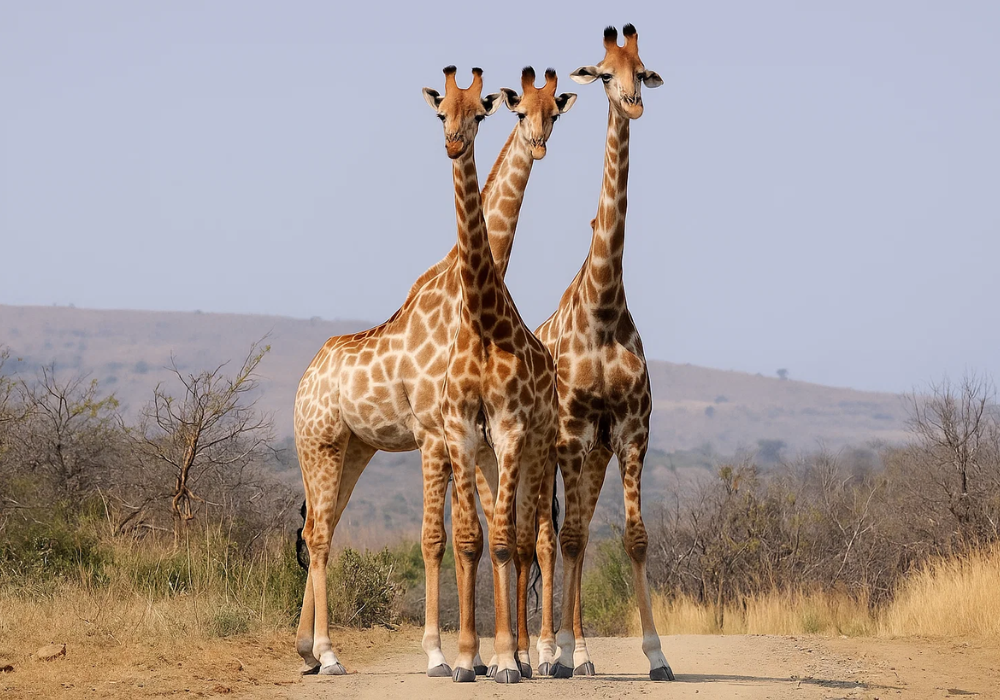
Cash in the Wild: My Safari Adventure Across Kenya with Only...

One Day Picnic Spot Near Pune - Adventure, Trekking and Natu...
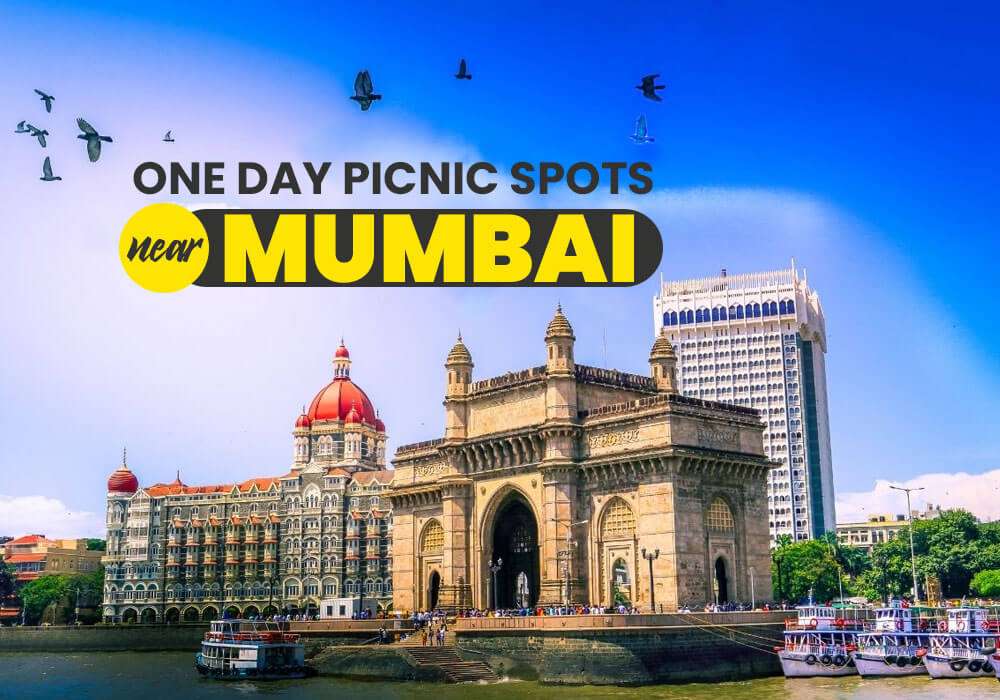
One Day Picnic Spots Near Mumbai - Monsoon, Adventure, Beach...
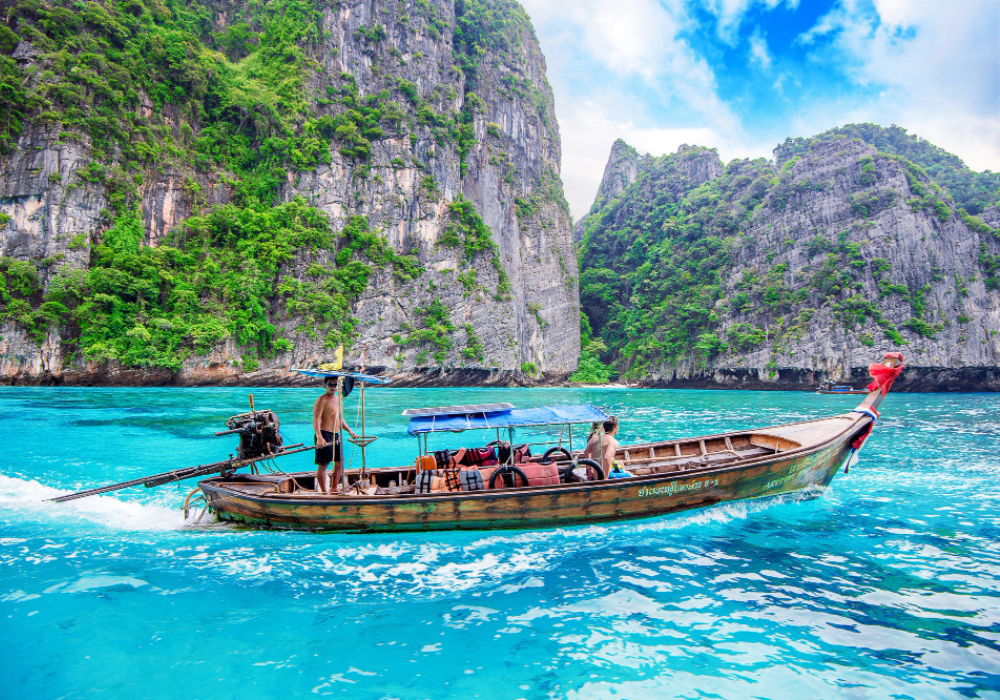
The Best Places to Go in Thailand in 2025
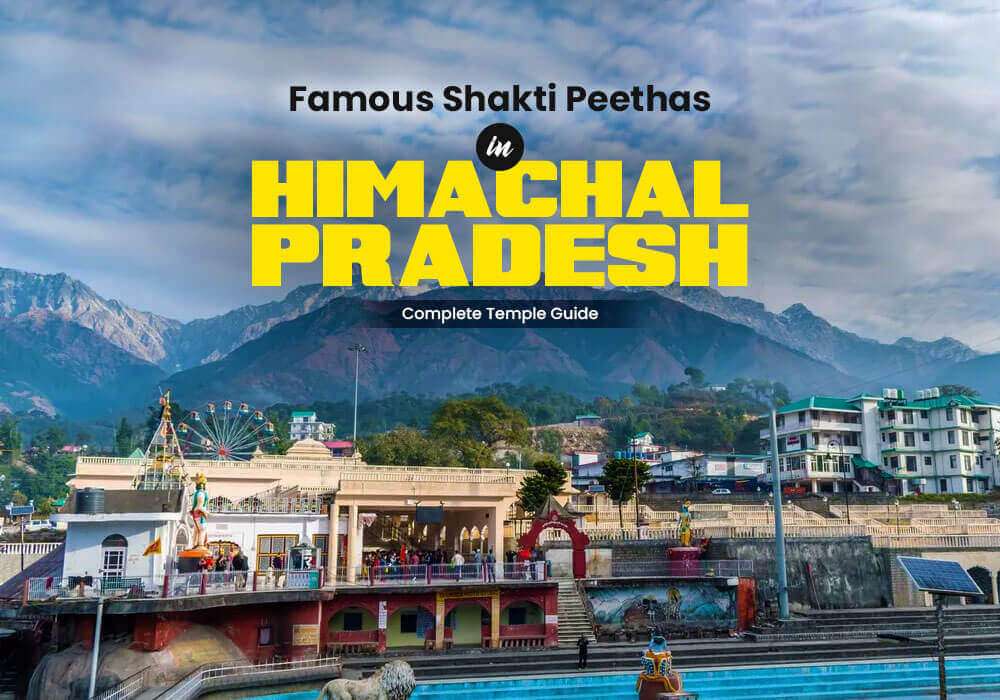


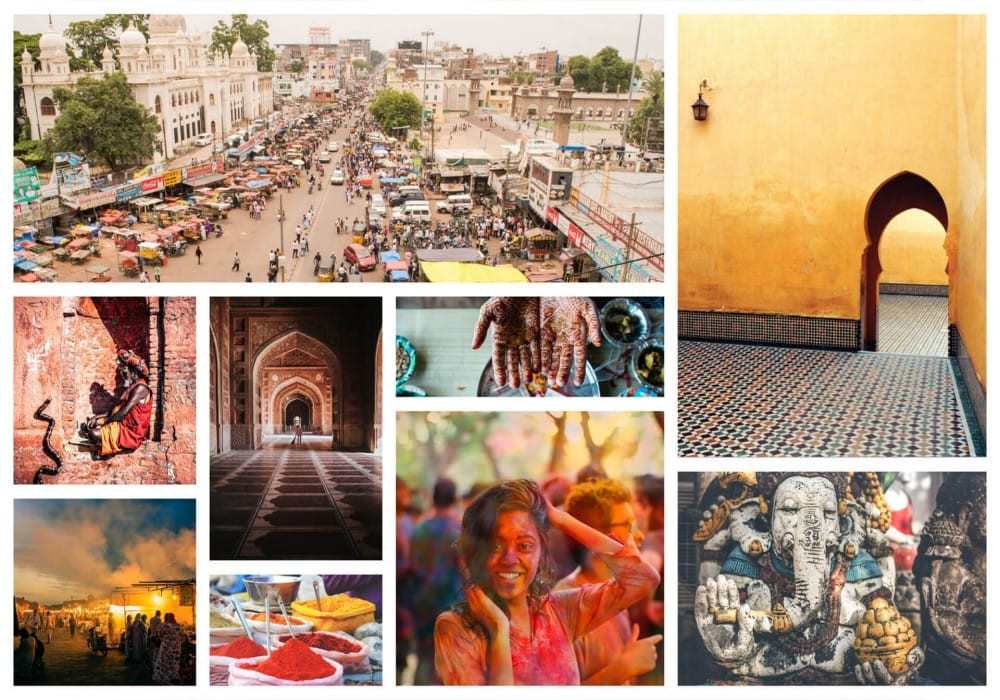



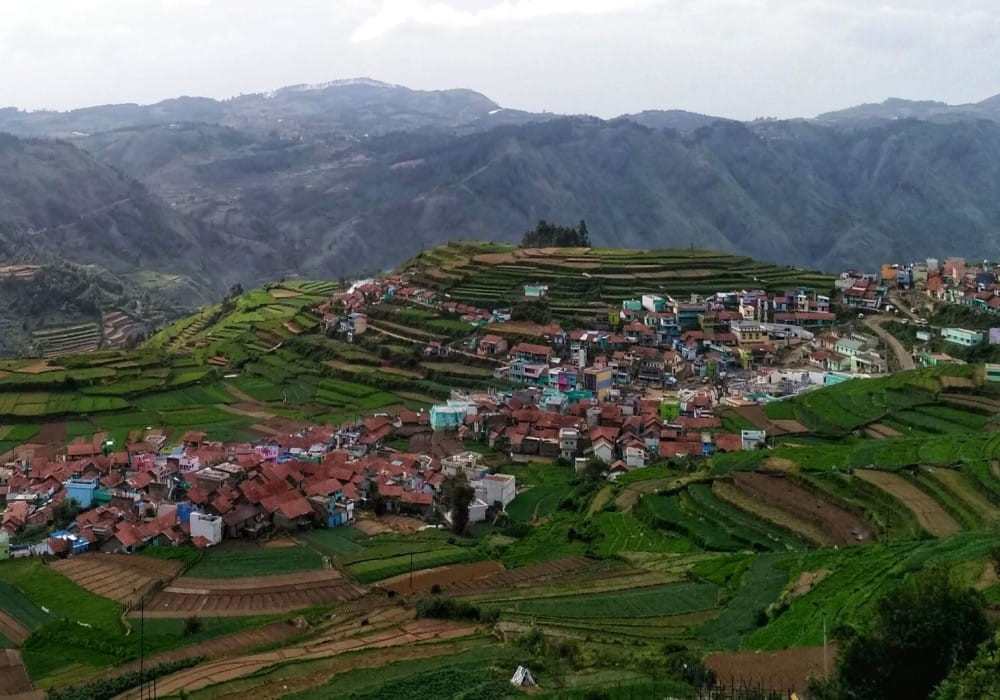
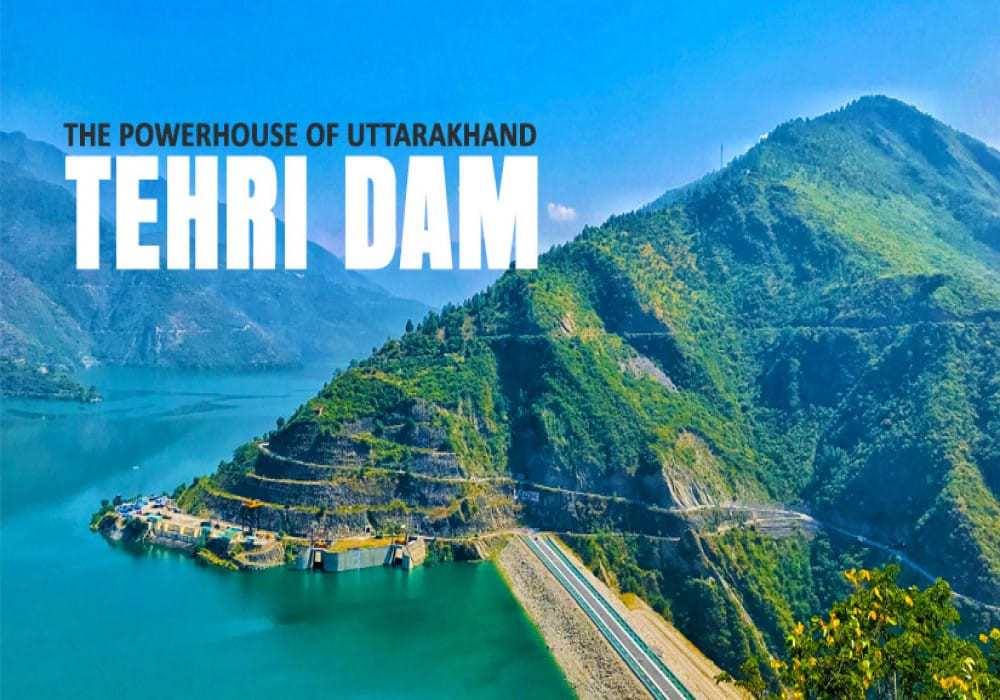
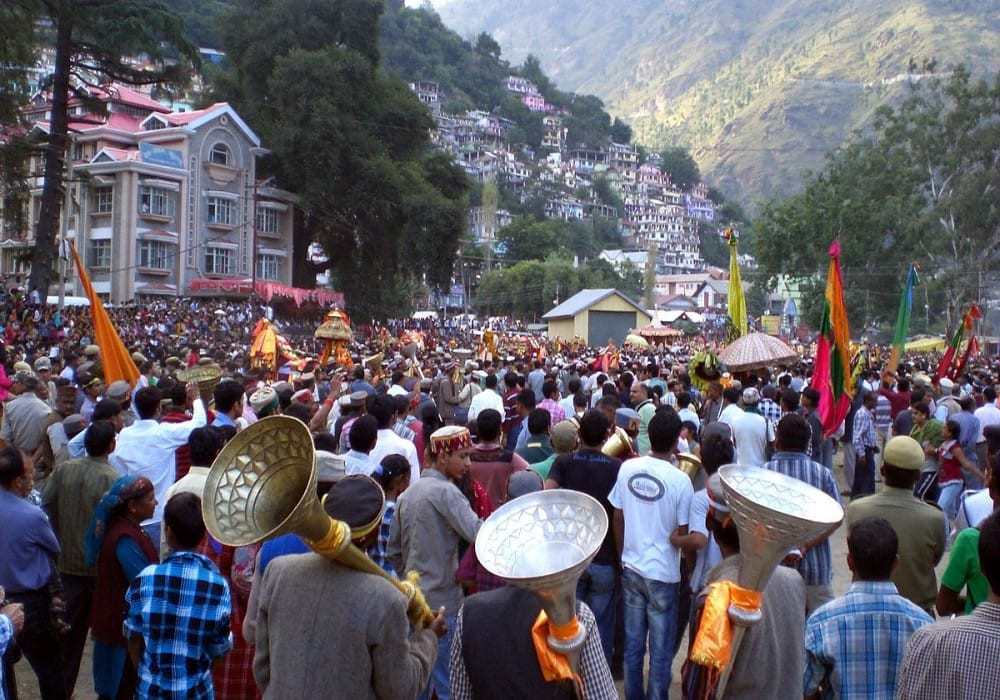

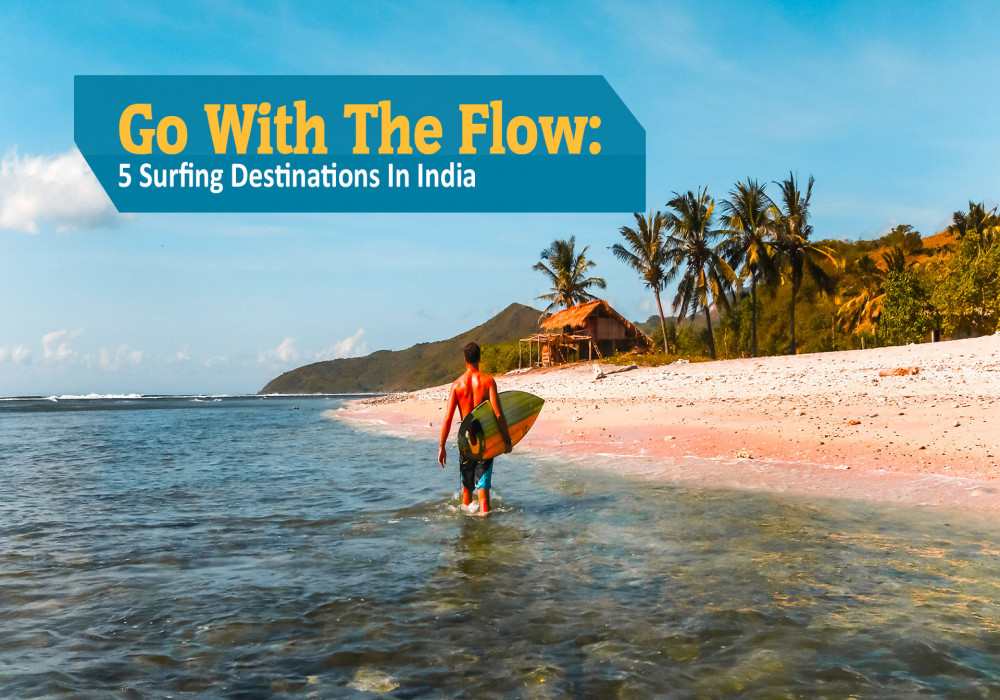
.jpg)
 Dubai
Dubai Malaysia
Malaysia USA
USA





